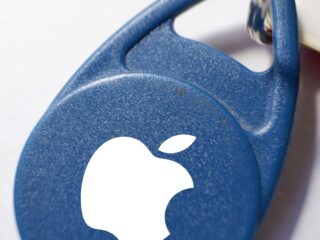
If you’re too young to remember the introduction of the Internet, then this could be a really interesting read; if nothing else, it will certainly educate you on how fortunate you are Today. On the other hand, if you are of an age whereby you remember the introduction of the Internet, then you may be glad to read a bit of history that you were part of; it’s a surprisingly nostalgic topic as it happens.
How Did It Start?
The Internet started its life as something called Arpanet, which was funded by the military, and although there were many years of research/development prior to its official launch in 1983, the birth of the Internet wasn’t available prior to this.
It has enabled businesses to do things that they had never dreamt of before, such as using it for buying intranet for finance, as and when they need it. Fortunately, in the early 80s, the ownership of the Internet ‘apparently’ shifted from the military over to a private firm known as the NSF, the main source of funding behind the already-in-place communications infrastructure.
The use of such an infrastructure was a necessity to roll out the internet to the people who needed it the most on the scale that was required at the time.
What Was it Like?
When compared with the Internet system that we use Today, it is a million words apart, quite literally. The computers/servers required to store the Internet and its contents were the size of rooms and were about a billion times less powerful than the ones that we use Today. The speed, connection strength, and general reliability were about the same too! The early infrastructure used the existing phone lines for connection and a 56k modem, which provided a 56kb/s transfer speed if you were lucky!
Using the Internet for sites that contained pictures or any other kind of content that was considered to be ‘large’ files back in the day would load line by line, very slowly until, eventually, the entire page that you wanted to view appeared as it should do. Not only that, because the Internet used the phone line, you weren’t able to use it and make a phone call at the same time, which was inconvenient for most households that only had one telephone line.
How Did It Get To Where It Is Today?
The short answer is technology and funding, of course. The advancements in technology have seen a much greater need for Internet services that provide a much stronger, faster, and more reliable type of connection. In terms of data usage, pictures are a perfect example of how things have changed when it comes to file size because, back in the early 80s, they were only a matter of a few hundred kilobytes (1000kB = 1 MB).
These days, pictures are starting to become anywhere between 50-100 megabytes, which is massively demanding on servers if your website is full of visual content such as pictures or videos, which require the user’s system to download the information in order to view it. Back in the day, the pages would have taken weeks to load and simply wouldn’t have been practical in any way.
That, coupled with the increased ability to make video calls from handheld devices almost anywhere you are in the world and the endless amount of media download/streaming sites, have a large part to play in the situation, too. The need has been so great, in fact, that infrastructures have moved from traditional telephone line cables to infrared fiber optic lines that can carry anywhere up to 2000/2Gigabits.












